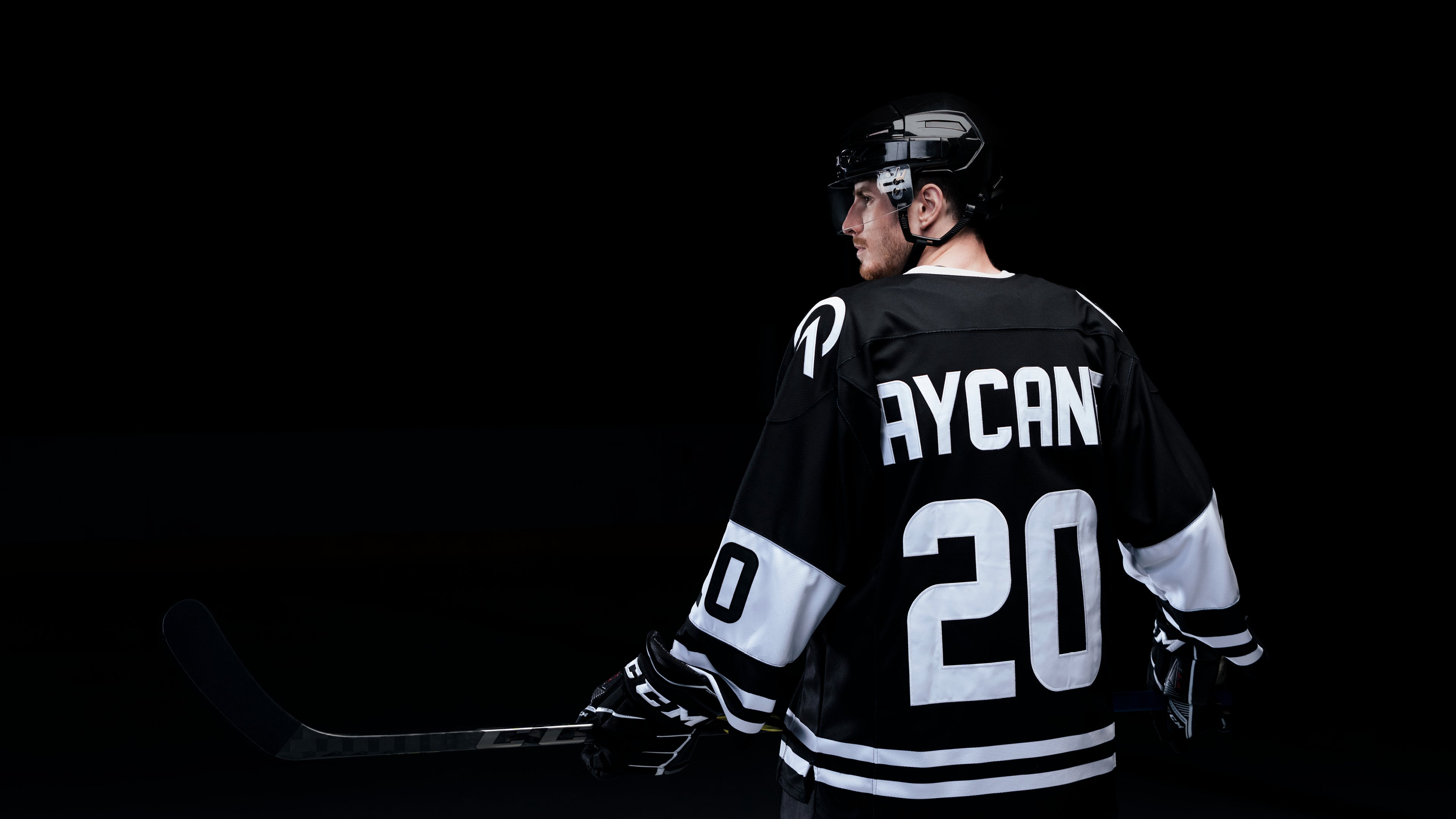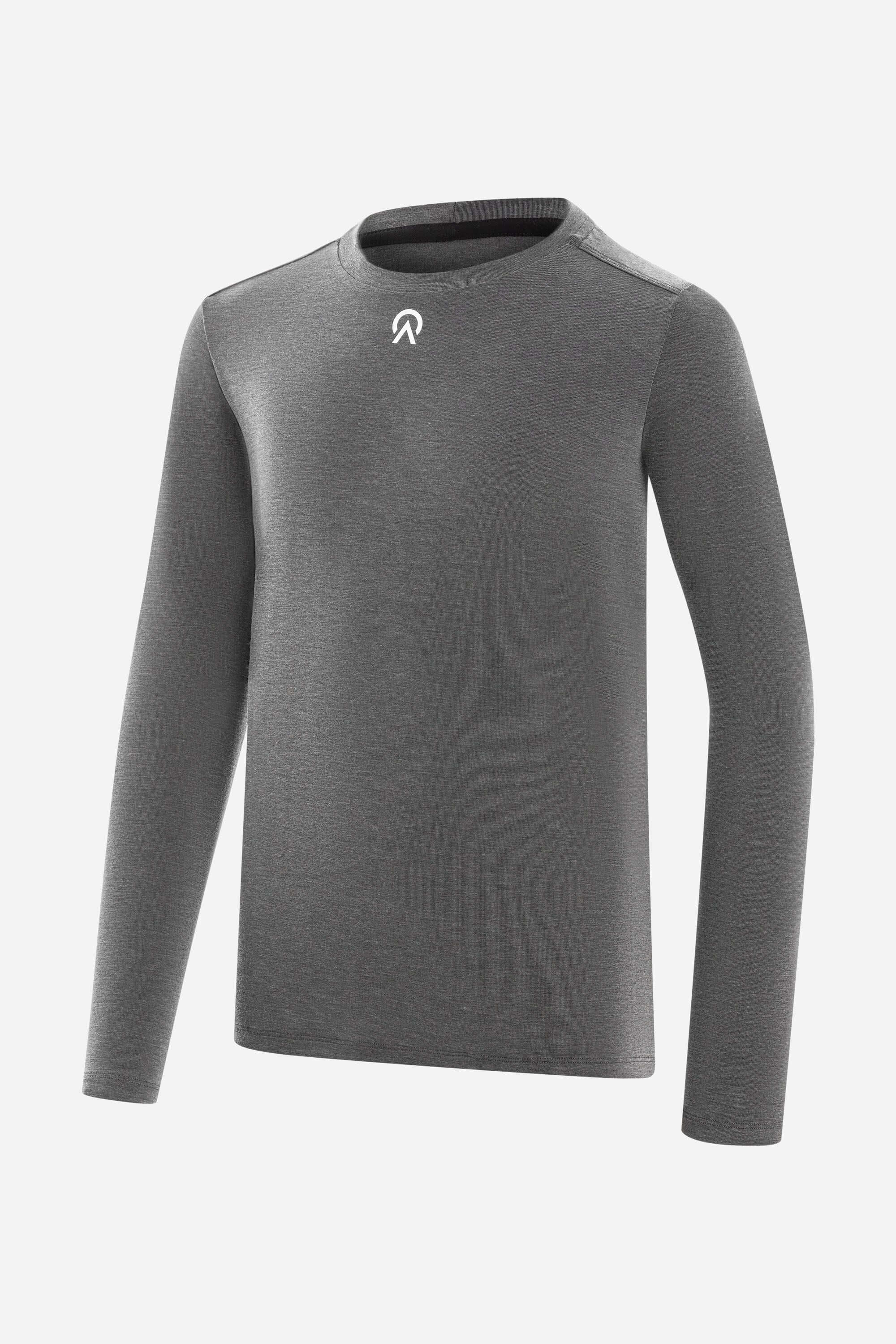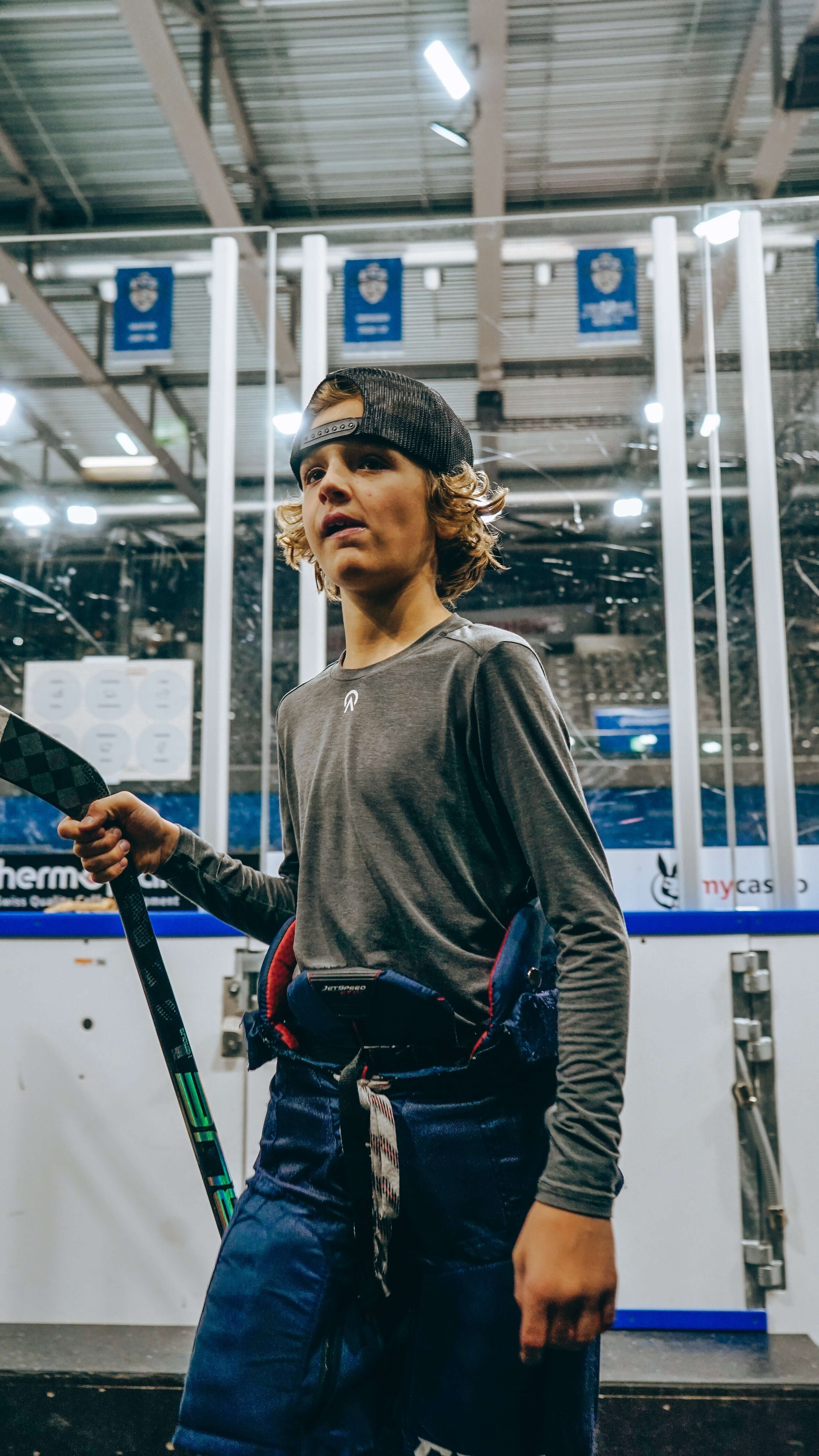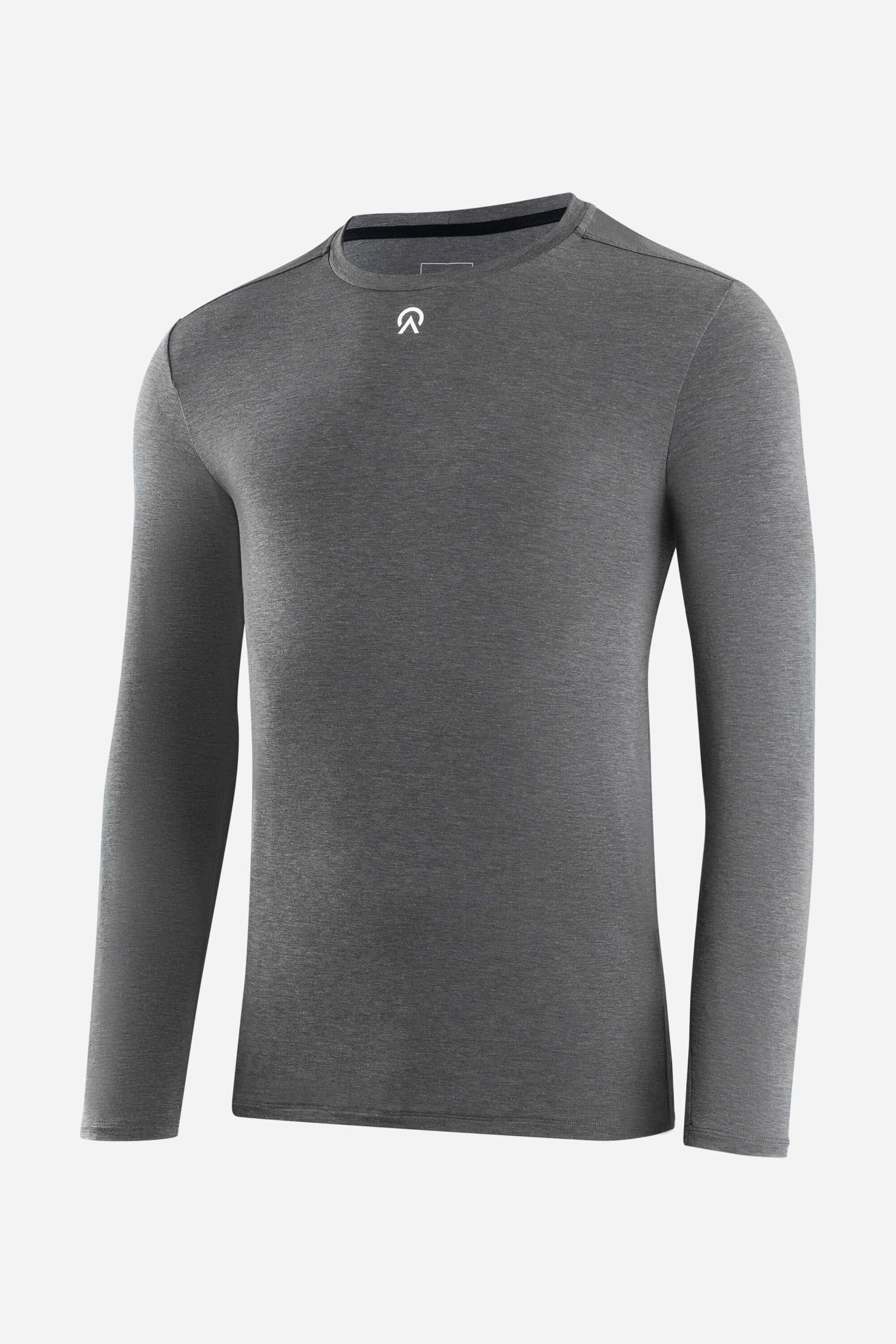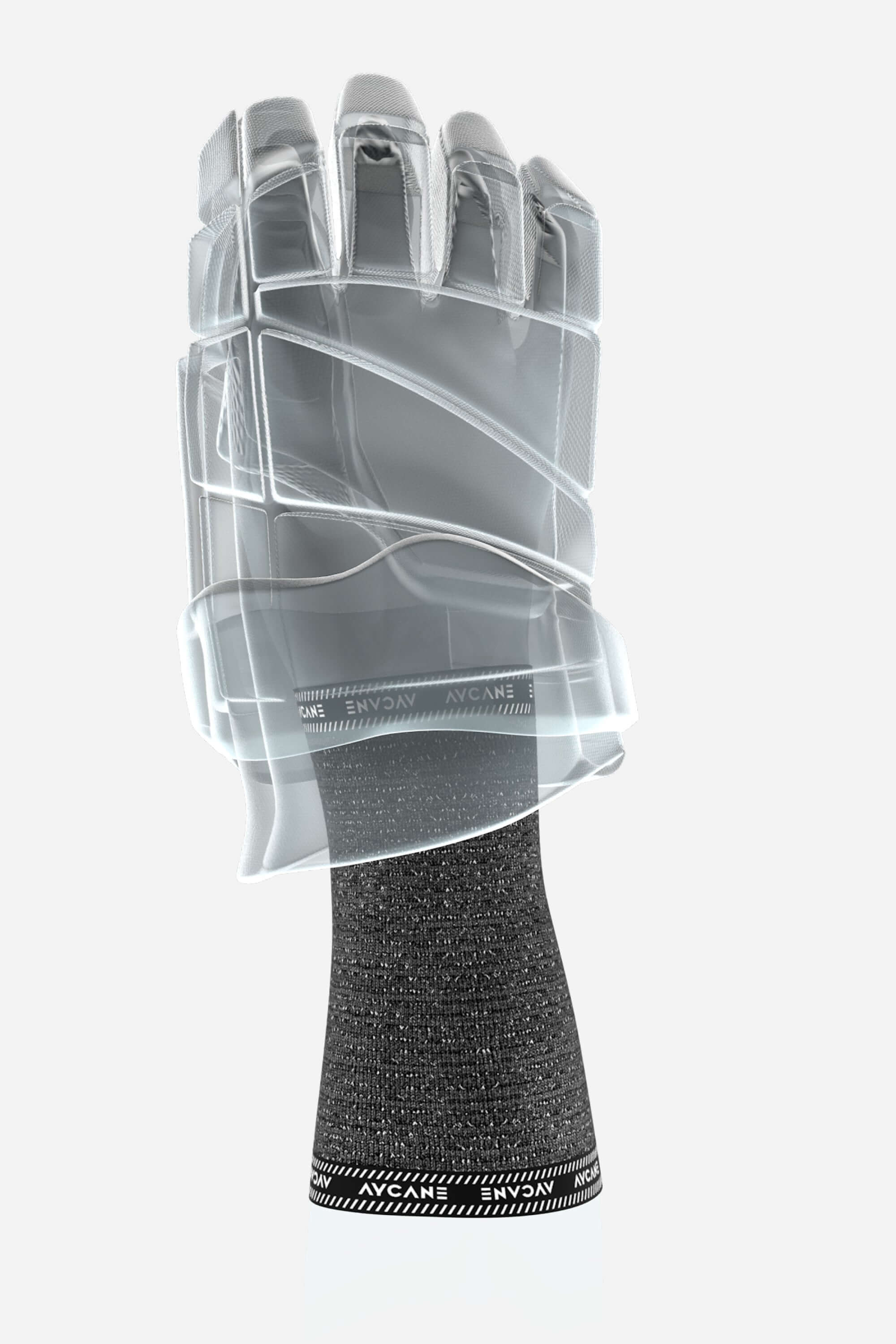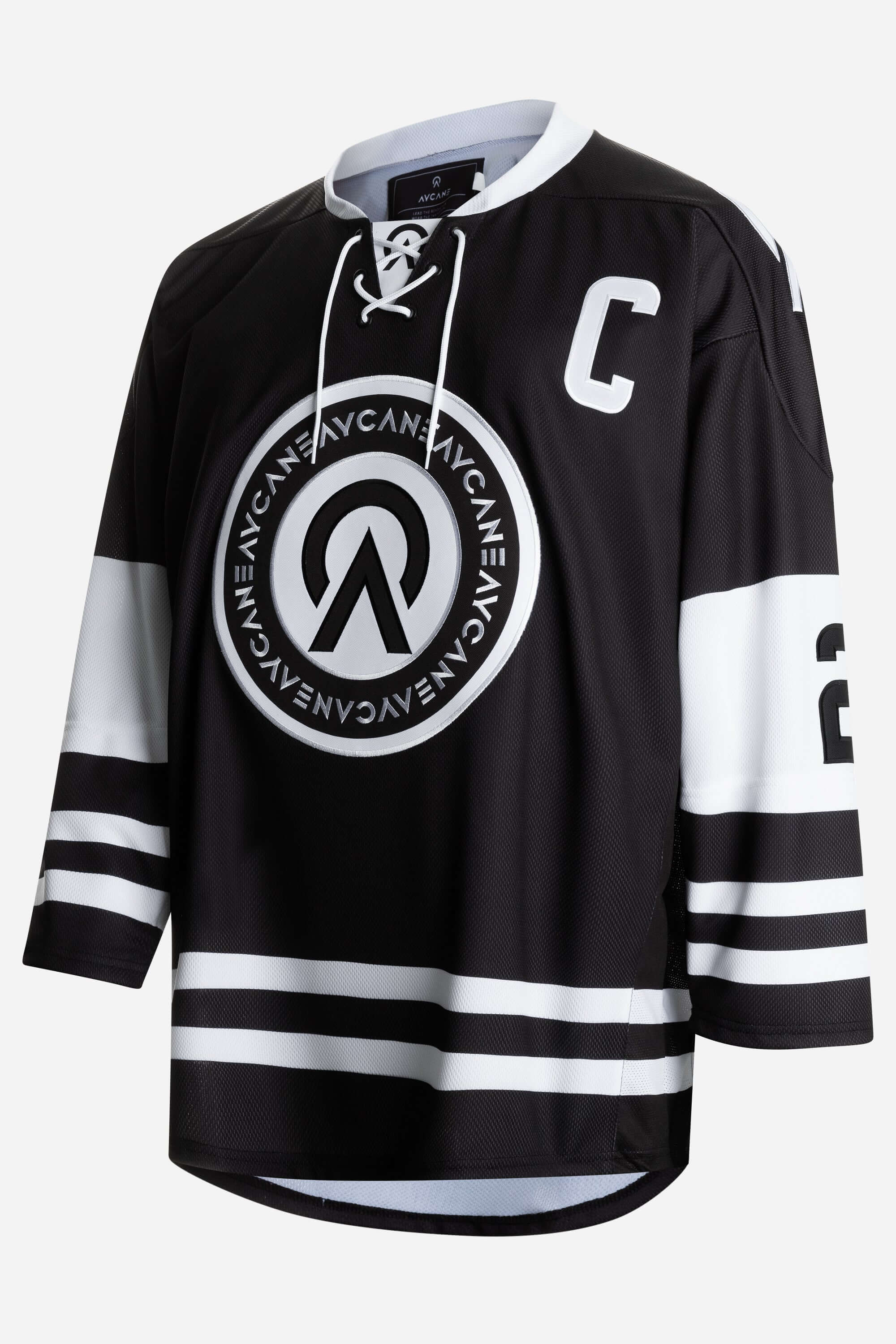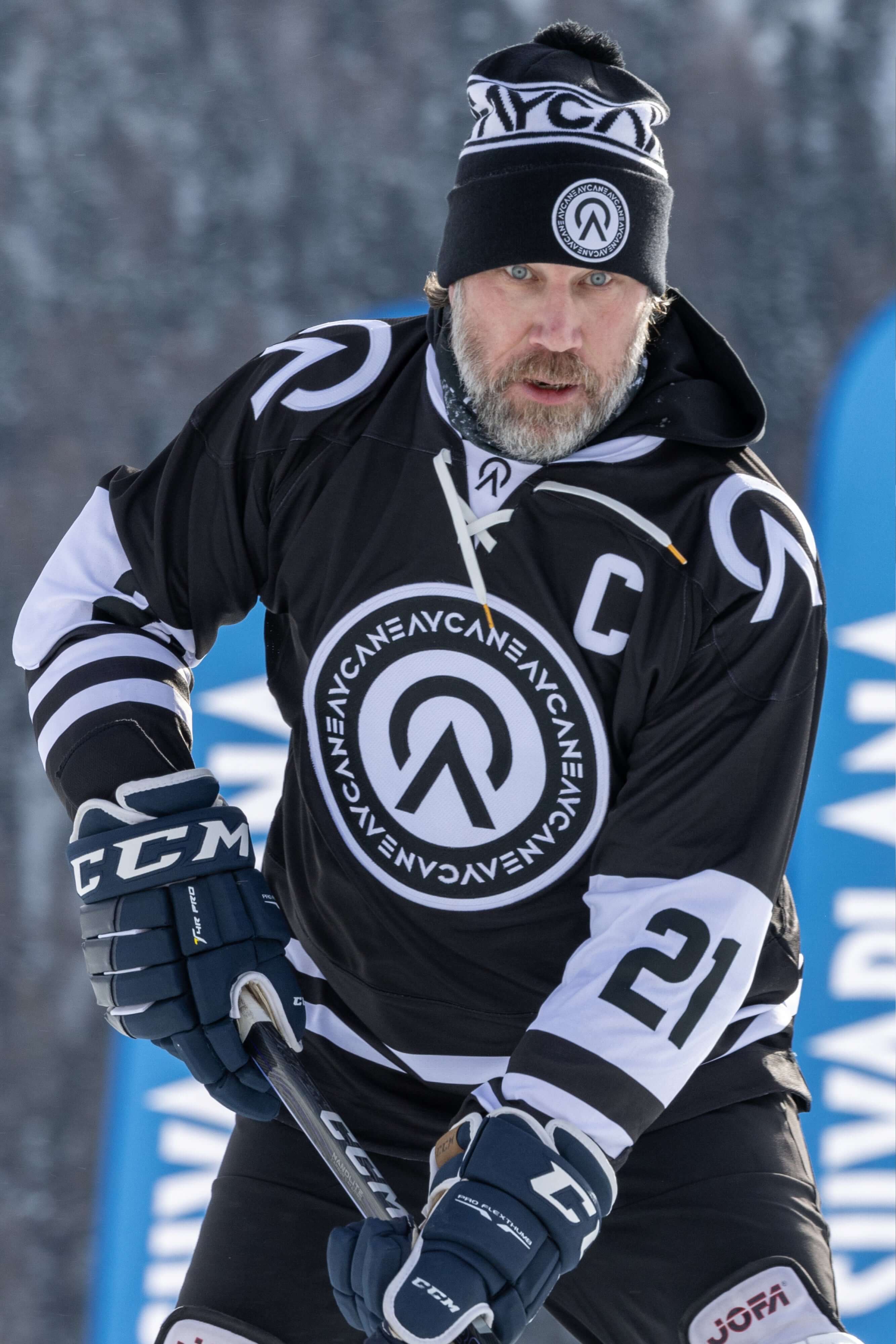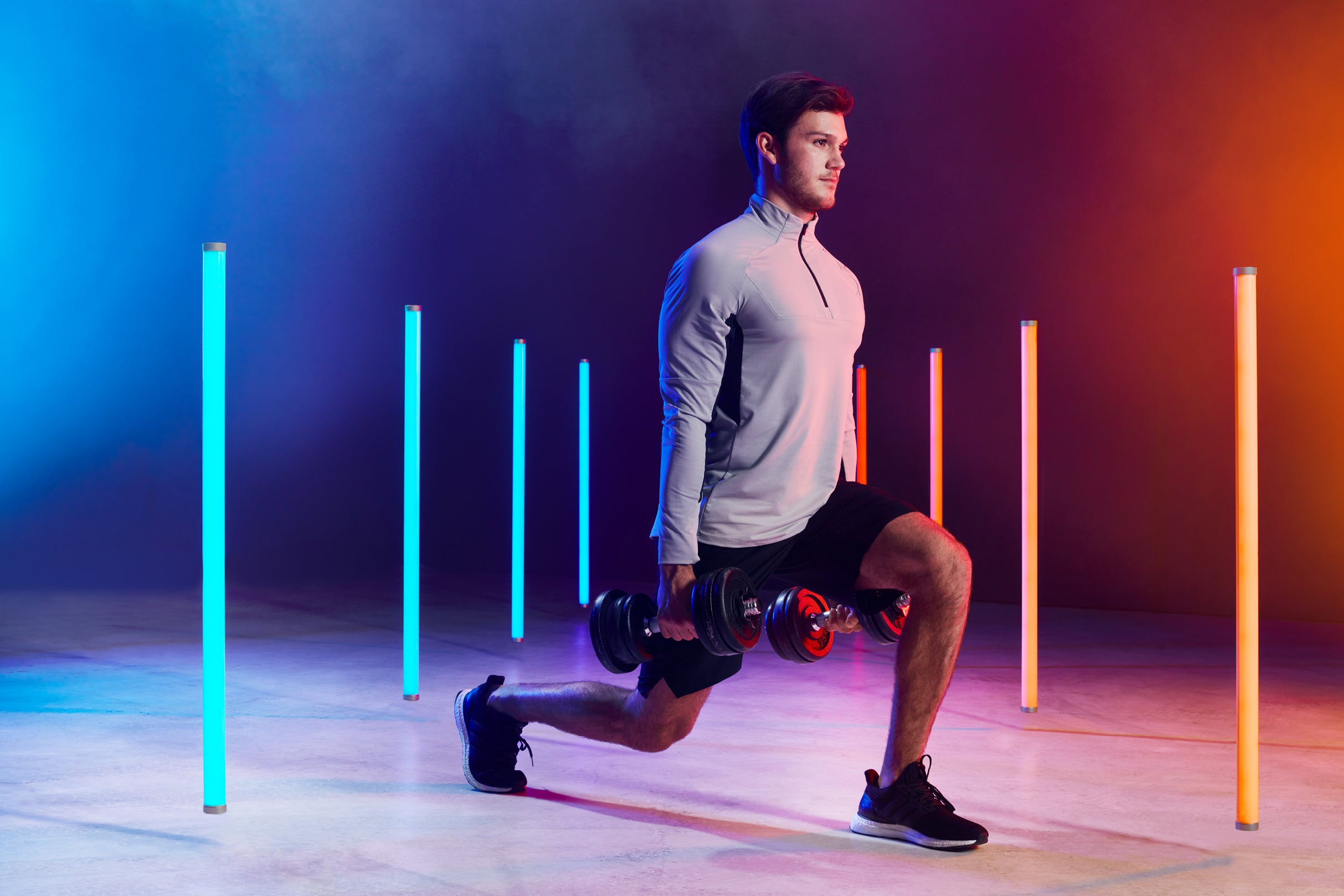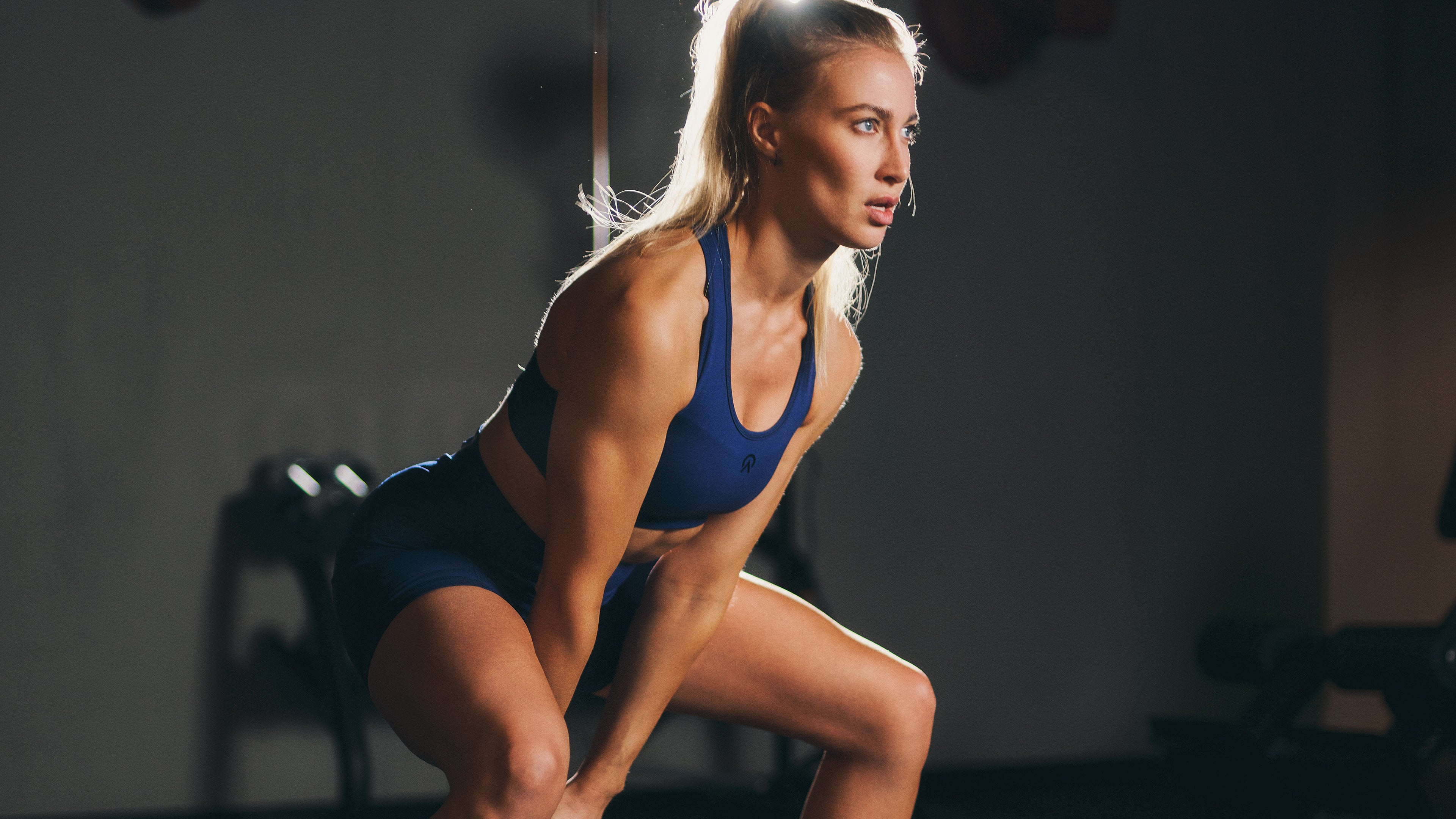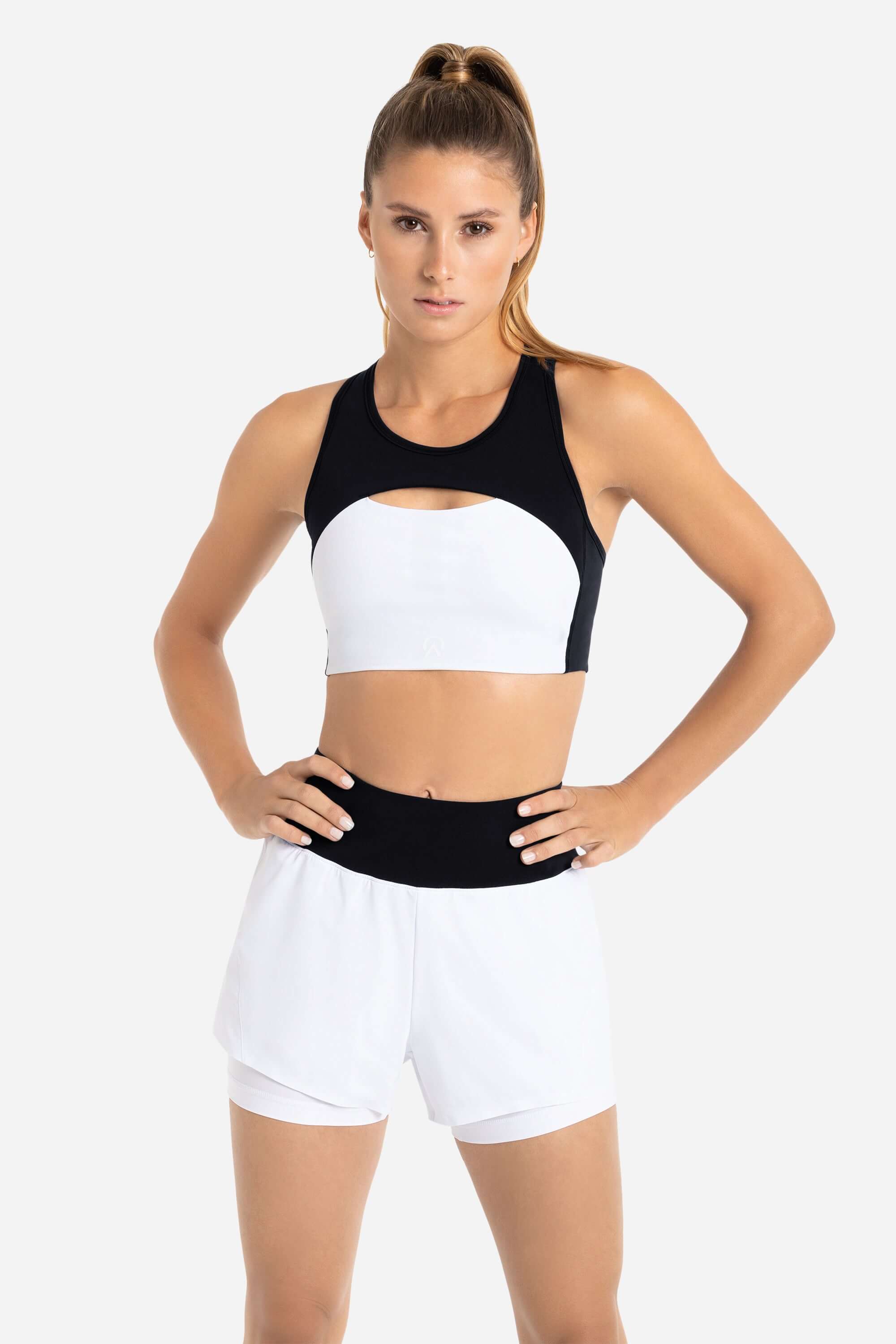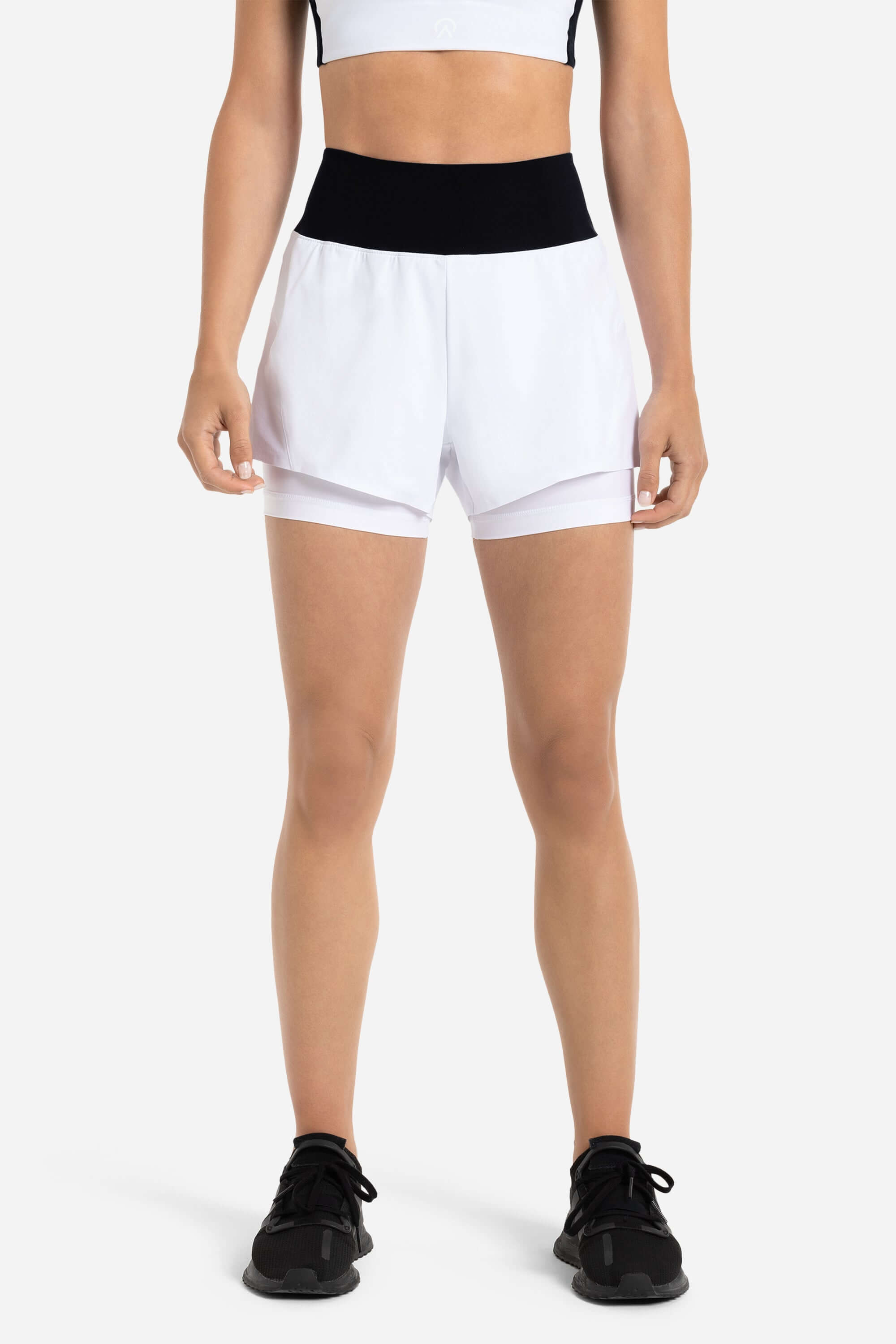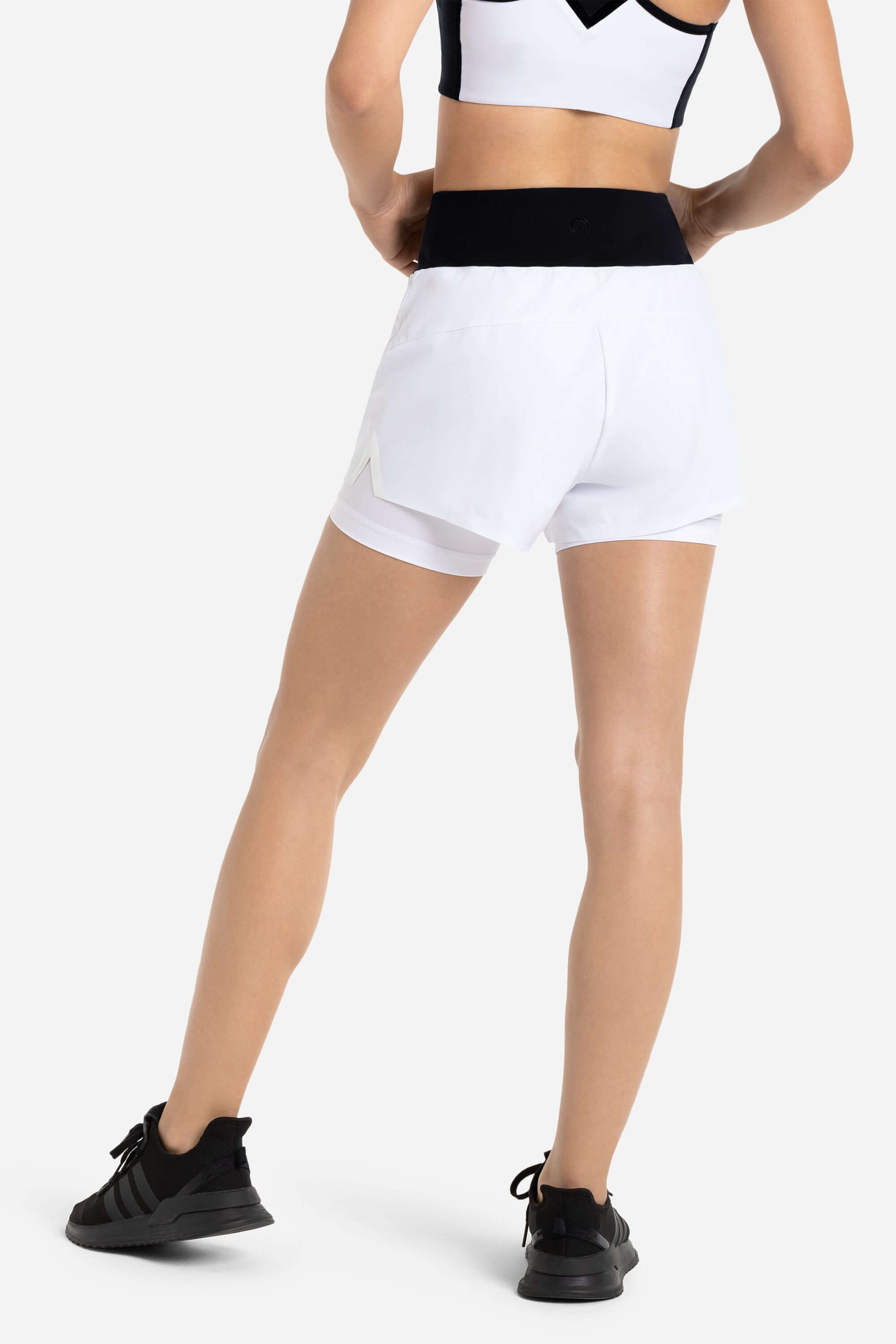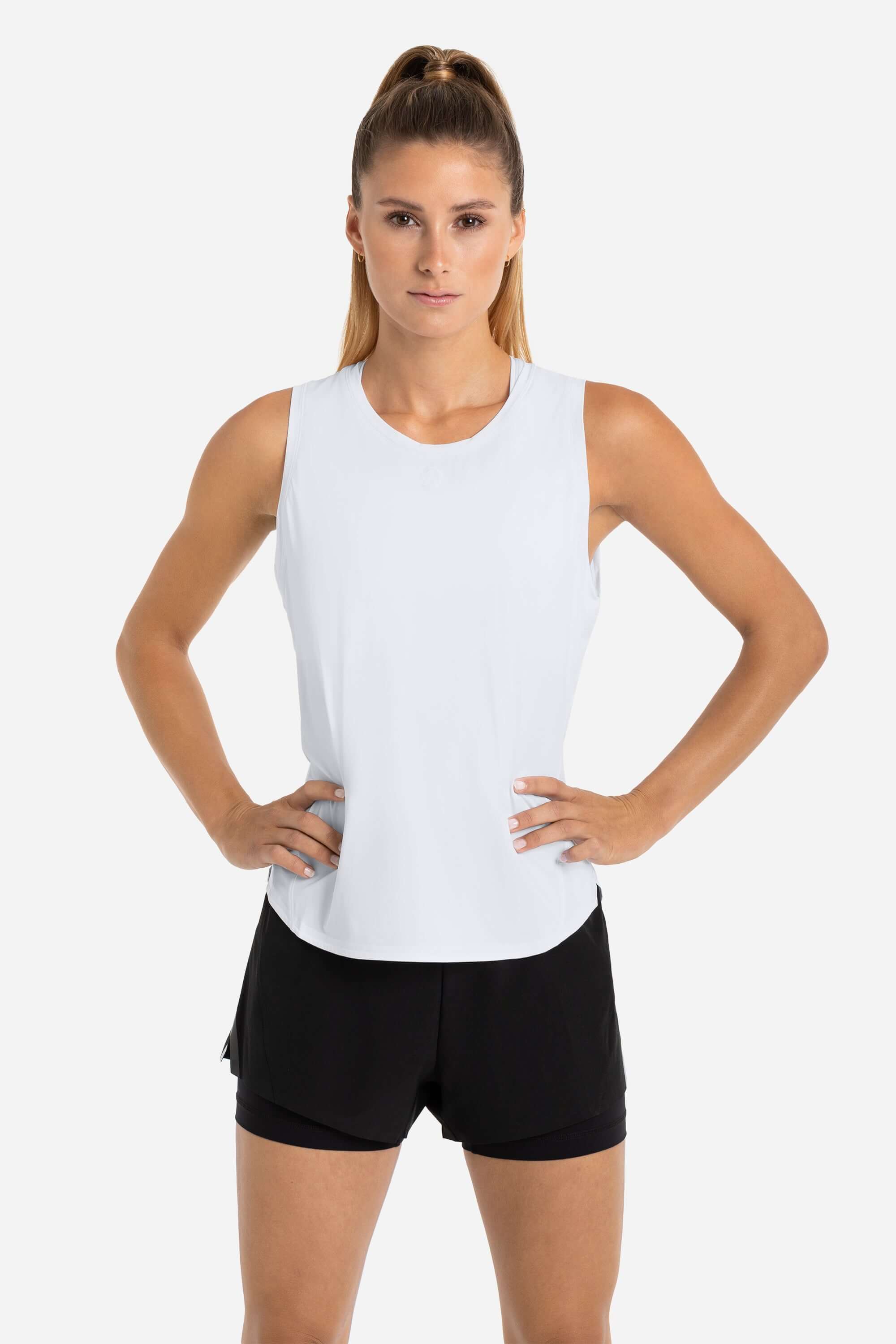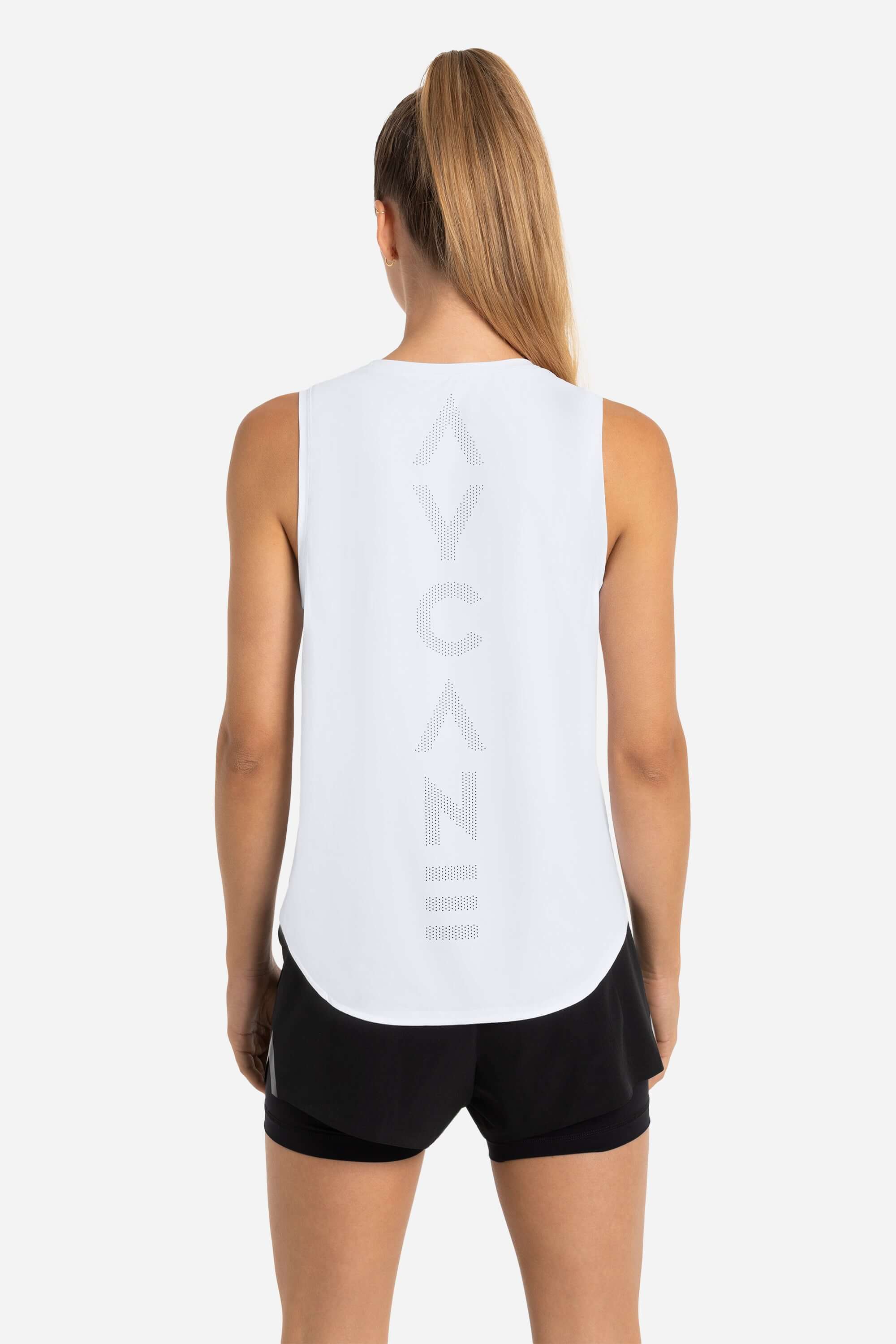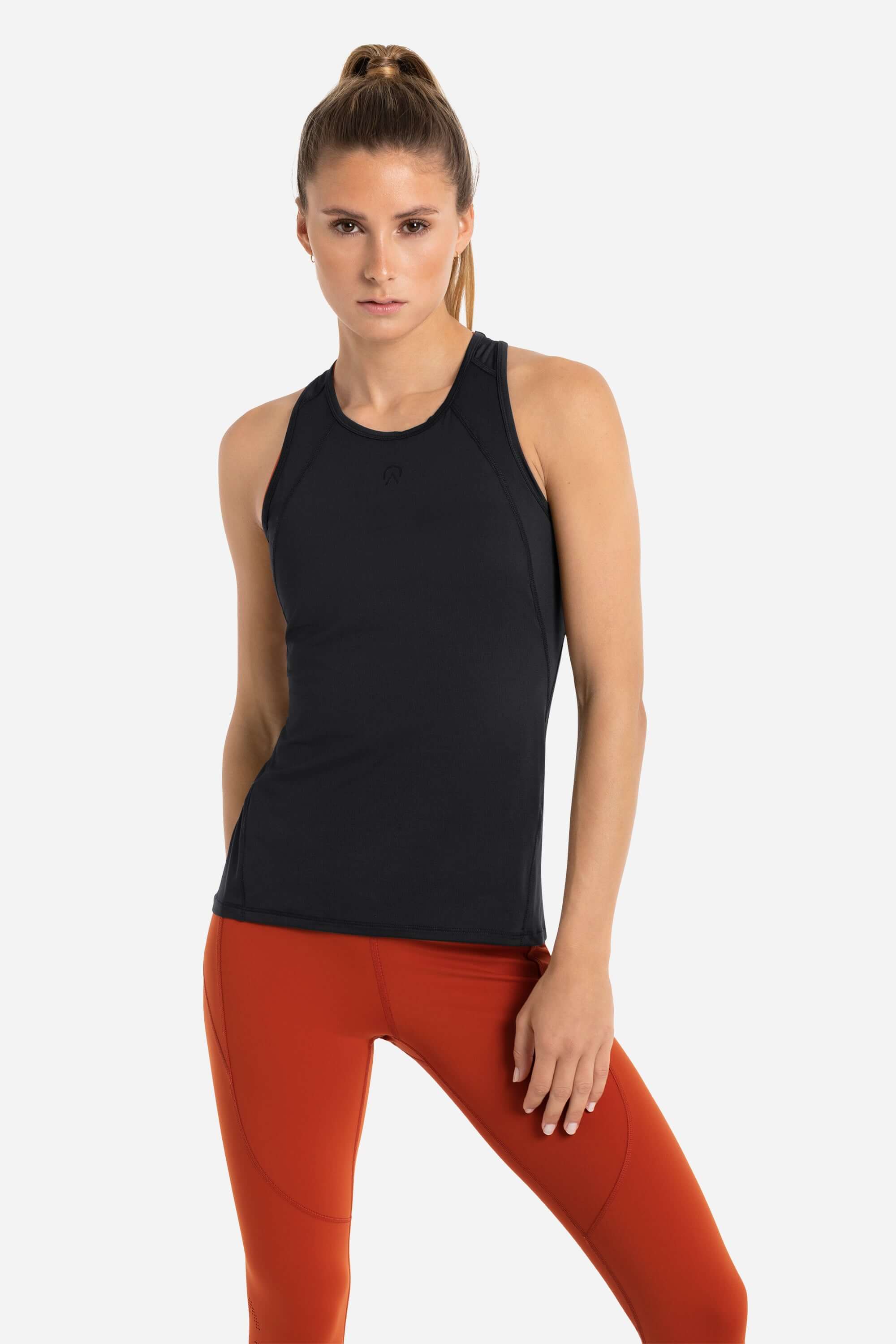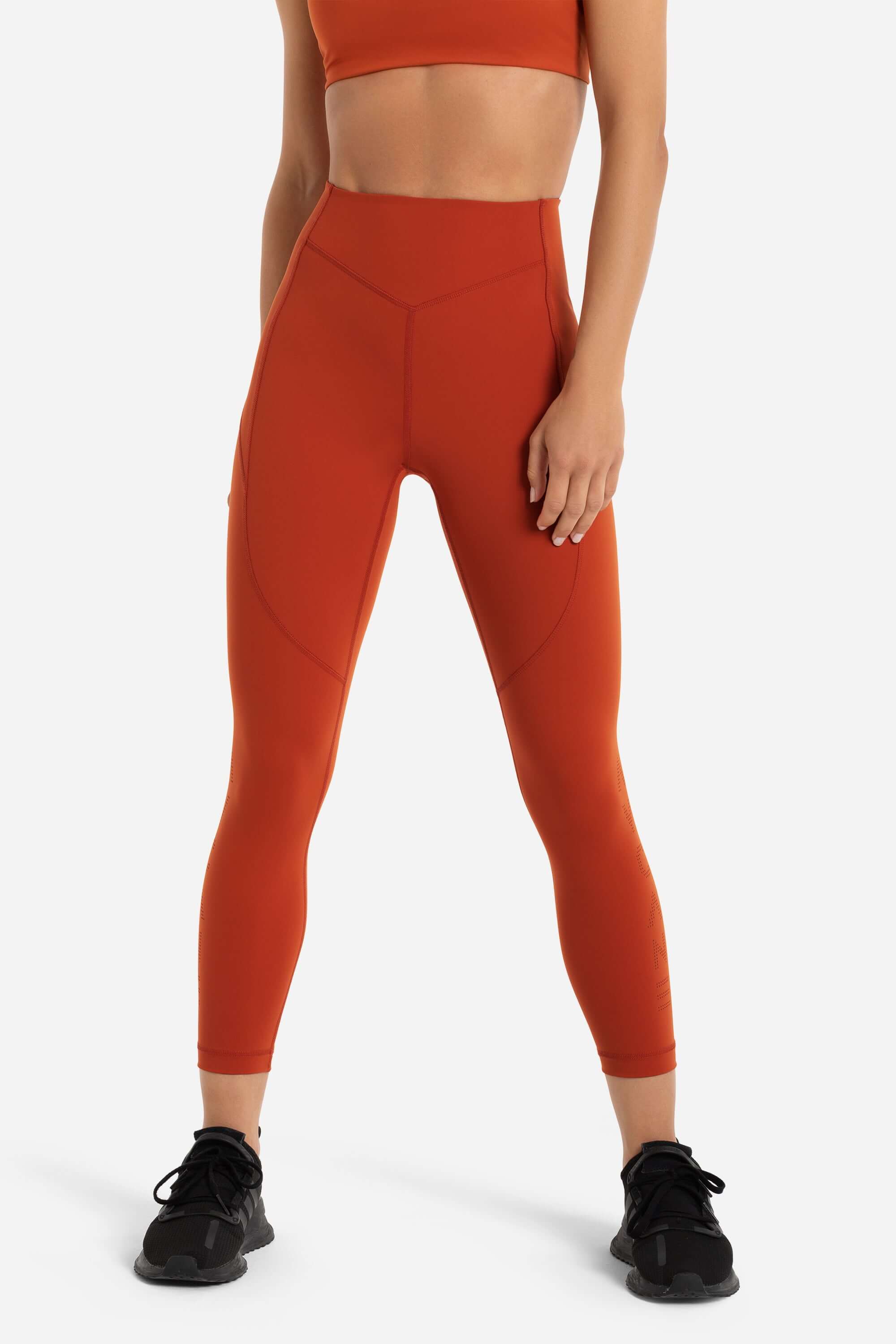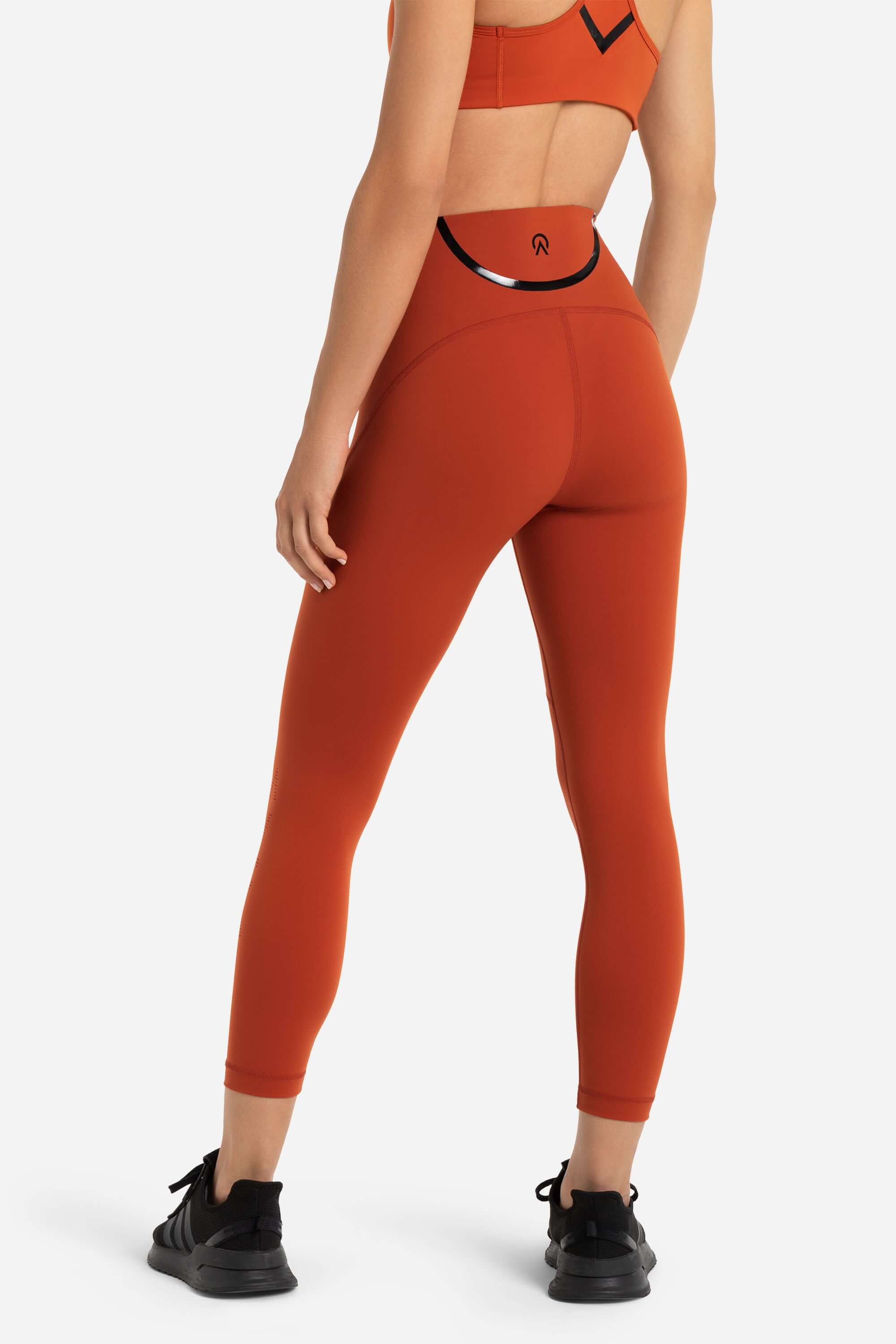Raphael Schuler
Raphael Schuler’s off-season training program is the key to speed for NHL stars

AYCANE Ambassador and Speed Coach Raphael Schuler Wears (& Trains) The Innovation
Speed doesn’t appear out of thin air. You can’t just make a wish and wake up faster. It’s the result of hard work, determination, and drive. Having a coach like Raphael Schuler helps. He’s the one who turned AYCANE athlete, Timo Meier, into an absolute beast this season, and has worked with other NHL stars like Roman Josi. So how does he make athletes fast as lightning?
During the year, hockey actually isn’t generally on Schuler’s mind. That’s because his primary gig isn’t with a puck, but a ball. Soccer, to be specific — Schuler works at a soccer academy in Switzerland. But no matter the sport, athletes all have the same goal.
“I realized that the speed part of performance is something that every coach and athlete asks for,” he said. “So often I’m asked ‘How can I get faster?’ It doesn’t matter if it’s hockey, soccer, or anything else. Many performance coaches have a strong bias toward the strength or the conditioning side. But speed is something that many do not adequately understand. In team sports, sometimes you have coaches from track and field who know all about sprinting, but they often lack an understanding of the demands of team sport athletes and their needs in terms of game speed. So that became my focus."
The Key To Unlocking More Speed, More powerful strides, a stronger burst and more sustained speed through shifts
During the offseason, Schuler works with NHL players to help them gain a step or two for the next season. More powerful strides, a stronger burst, and more sustained speed through a shift.
“Speed is the representation of the optimal combination of conditioning and coordination and is limited more by coordinative skill than conditioning ability.”
For Schuler, speed is a skill and is limited more by coordinative skills than conditioning abilities. To help a player get faster, Schuler first watches videos of the athlete performing to look for strengths and weaknesses. He considers their position and playing style in addition to the athlete’s personality. Then, he puts the athlete through a series of physical tests, including loaded and unloaded jumps, broad jumps, lateral bounds, and, of course, sprints. He uses these baselines and split times to help inform the player’s program. He also watches their form. Are their forces during sprints more vertical or horizontal? How does their performance change when they sprint with different loads on the sled? Are they more force-dependent or velocity-dependent?
Timo Meier - From Prospect to All-Star
For a player like Timo Meier, in the midst of an All-Star season, the last off-season was all about efficiency. “Timo has a lot of power and strength,” said Schuler. “We wanted to build smoothness in his movements. We did a lot of top-speed sprints and other high speed drills with Timo. His off-season program really helped him be more efficient with his movements, to switch his muscles on and off. We know from sports sciences, that if you can relax your muscles quicker you’ll be ready to explode faster again. So we really worked on engaging and disengaging, and really focusing his movements when he needed to move with intention. That focused energy has made a huge difference for him.”
Training In AYCANE
Schuler says he noticed the difference wearing AYCANE immediately. “For me, when I first wear it — it’s so comfortable,” he said. “You move better because you feel better. It’s so light and comfy, but also very resistible and sustainable. It’s that perfect combination of speed and strength, just like the athletes that wear it. It’s the perfect harmony for hockey players, in particular, but also any athlete who wants to take their training to another level.”
Schuler lives in St. Gallen, Switzerland, with his wife, three-year-old son, and one-year-old daughter. www.raphaelschuler.ch


